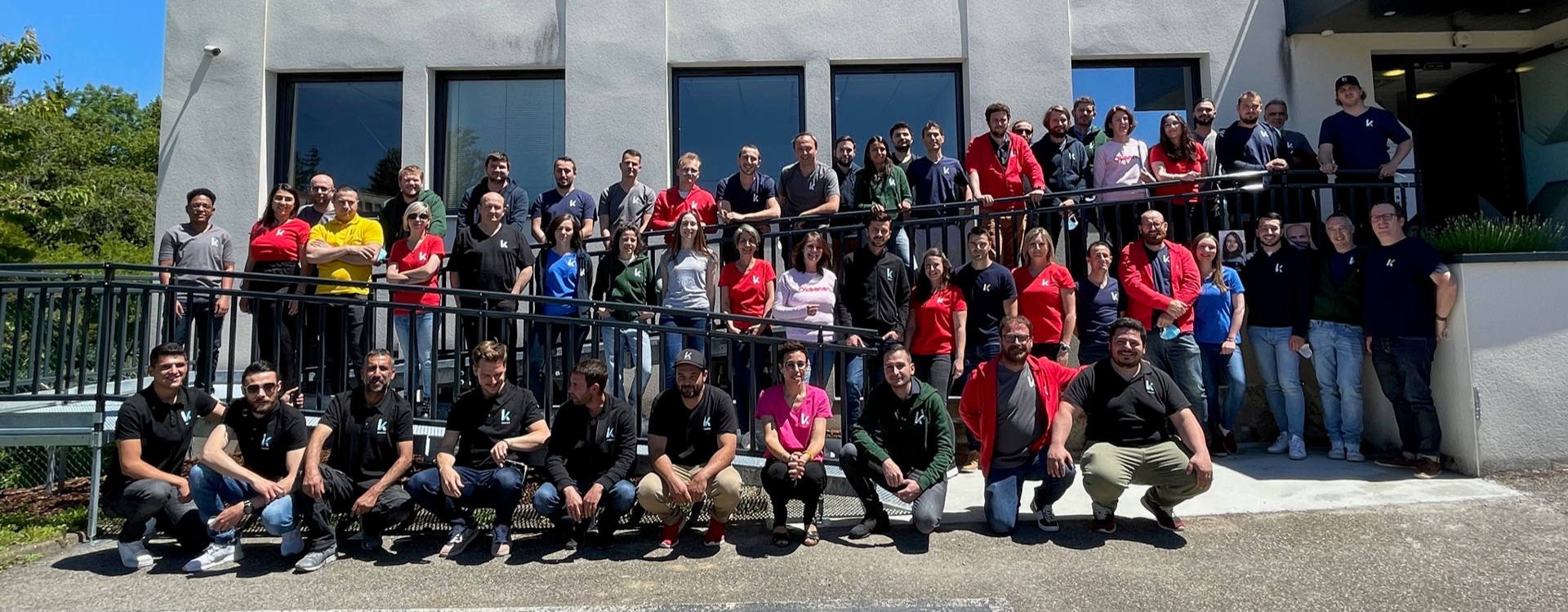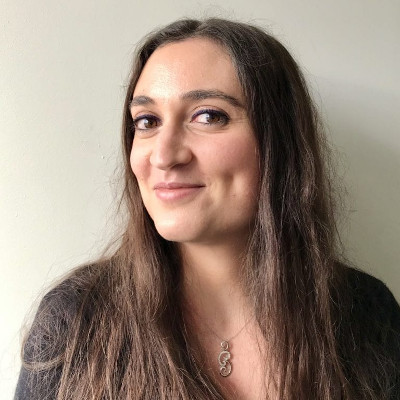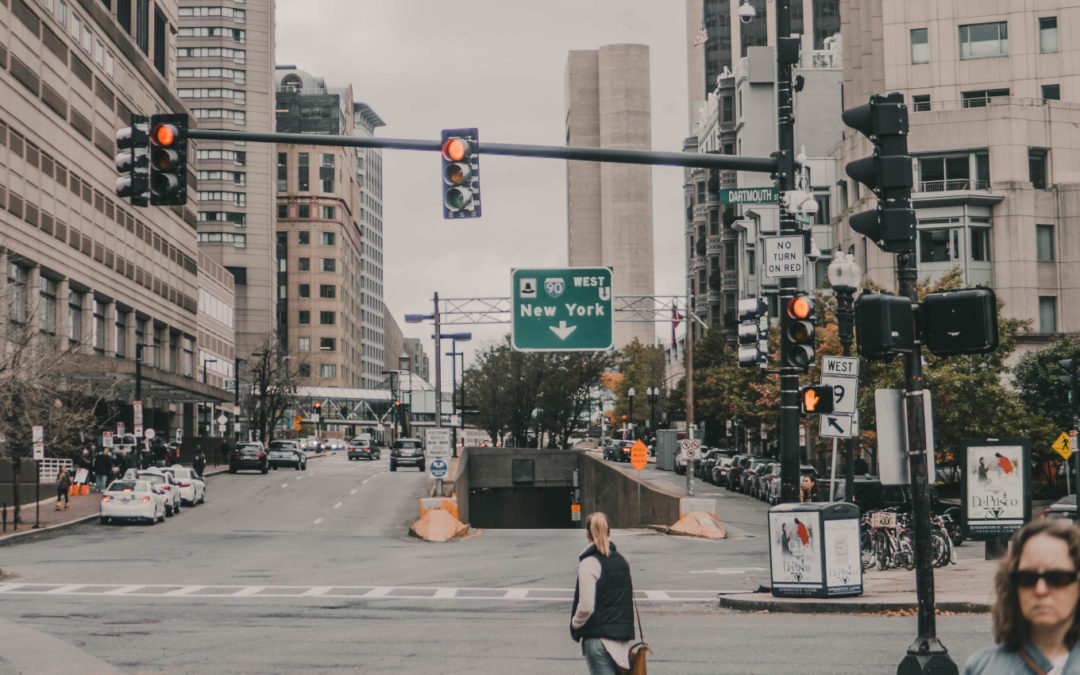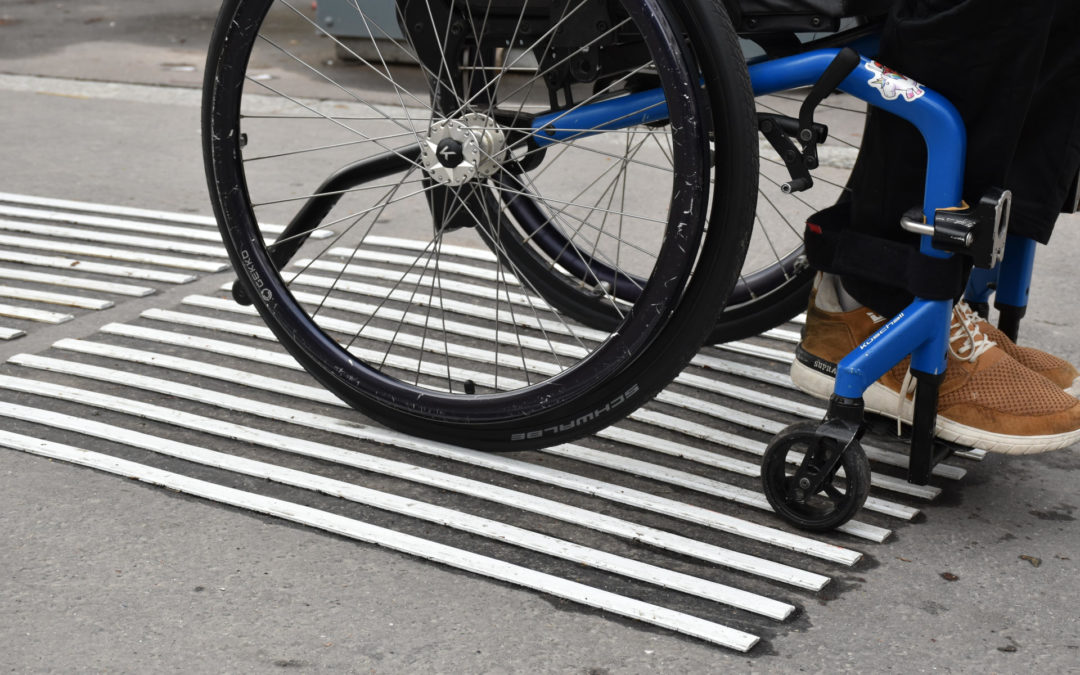
Who am I?
“Writing is a fine thing, because it combines the two pleasures of talking to yourself and talking to a crowd.” – Cesare Pavese
Since 2020, I’ve been talking to myself but also to you, the readers of this blog. As content manager at Okeenea, I write leading articles about accessibility in all its forms and I scrutinize all misconceptions related to disabilities. For what purpose? Promoting inclusion so that finally it can take its rightful place absolutely everywhere.
I strongly believe in the power of words and in the possibility of having an inclusive and caring society for all, without leaving anyone aside. For sure, combining both enables me to talk to you who represent all accessibility stakeholders. Because I’m convinced that we all have a role to play to reach this inclusive society.
After working for 5 years in a publishing house in Paris where I published hundreds of literature books that all had different themes, times and voices, I’m proud to give my voice to Okeenea’s mission! It’s my turn to master words, distort them, soften them up, sometimes abuse them so that they can reveal everything they have to tell you about accessibility.
My favorite articles?
They’re mostly the ones that make me see further ahead.
⊗ Invisible Disabilities: 80% of Disabled People Are Concerned!
⊗ How to Make Museums More Accessible for People with Disabilities?
Who else contributes to this blog?
Lise Wagner is the other current editor. But you’ll also find articles written by Zoe Gervais.

Carole Martinez
Content Manager
stay updated
Get the latest news about accessibility and the Smart City.
our latest articles

Open Data Is Key to Fostering Universal Accessibility
Open data represents an opportunity for cities to reach universal accessibility. It shows the missing links of the mobility chain.
Our Audio Beacons Guide the Blind and Visually Impaired at the Helsinki Subway
The Helsinky subway improved their audio signage system by installing on demand and remotely activated audio beacons.
7 Good Reasons to Install Audio Beacons at Your Public Transport Network
Audio beacons are an efficient way to provide more autonomy to blind and visually impaired people. They can easily use public transport.

Will Remote Activation Become the Norm for Accessible Pedestrian Signals?
More and more cities like New York have been exploring remote activation to trigger accessible pedestrian signals.
more articles

Disability Statistics in the US: Looking Beyond Figures for an Accessible and Inclusive Society
Disability Statistics in the US: Looking Beyond Figures for an Accessible and Inclusive Society Around 61 million adults in the United States live with a disability. Diving into disability statistics in the US will help us know exactly who is concerned and what...
Our Audio Beacons Guide the Blind and Visually Impaired at the Helsinki Subway
Our Audio Beacons Guide the Blind and Visually Impaired at the Helsinki SubwayOur audio beacons equip the new line of the Helsinki subway in Finland. They help blind and visually impaired people locate the points of interest of a station. For users with visual...

At What Intersections Should You Install Accessible Pedestrian Signals?
At What Intersections Should You Install Accessible Pedestrian Signals? When you install accessible pedestrian signals, you first need to ask yourself where exactly they are needed. Are there any intersections blind and visually impaired pedestrians particularly...

Invisible Disabilities: 80% of Disabled People Are Concerned!
Invisible Disabilities: 80% of Disabled People Are Concerned! Having a disability = using a wheelchair. That’s one persisting cliché! Actually, only 2% of people with disabilities are wheelchair users but 80% have invisible disabilities! What we mean by “invisible...
NEVER miss the latest news about the Smart City.
Sign up now for our newsletter.
Unsubscribe in one click. The information collected is confidential and kept safe.
powered by okeenea
The French leading company
on the accessibility market.
For more than 25 years, we have been developing architectural access solutions for buildings and streets. Everyday, we rethink today’s cities to transform them in smart cities accessible to everyone.
By creating solutions ever more tailored to the needs of people with disabilities, we push the limits, constantly improve the urban life and make the cities more enjoyable for the growing majority.

